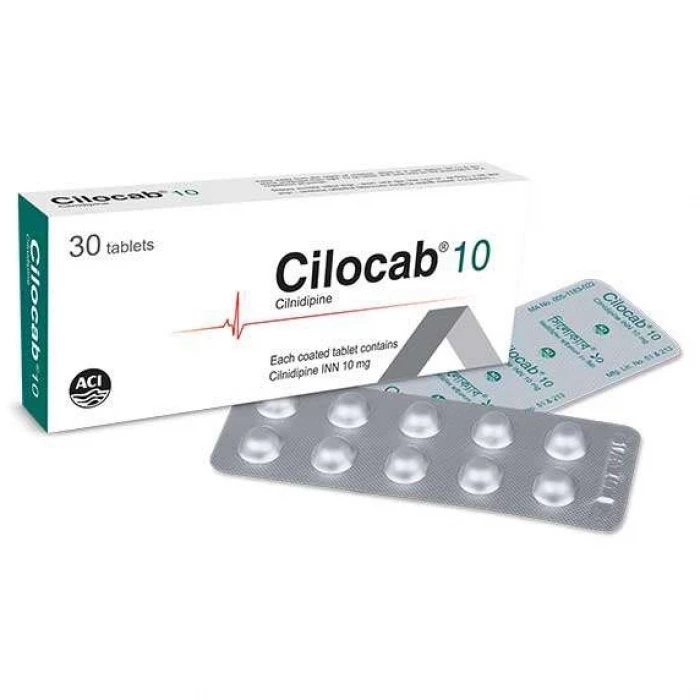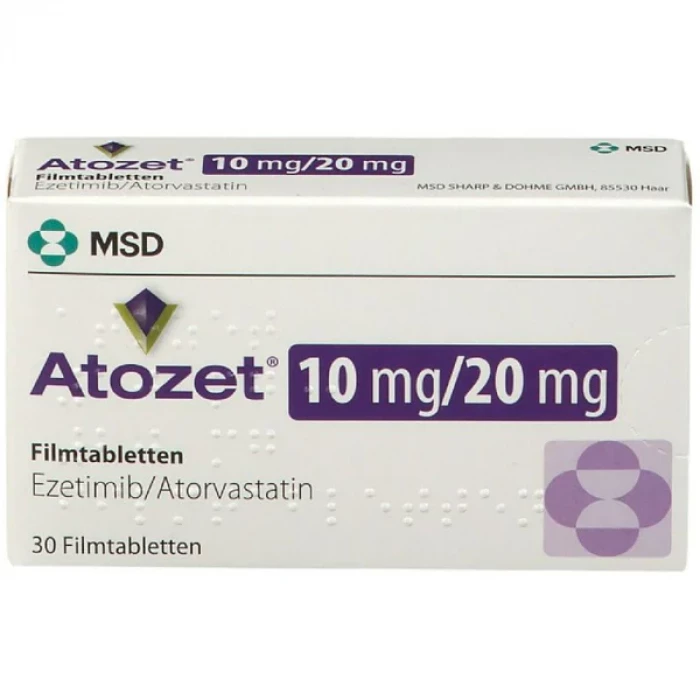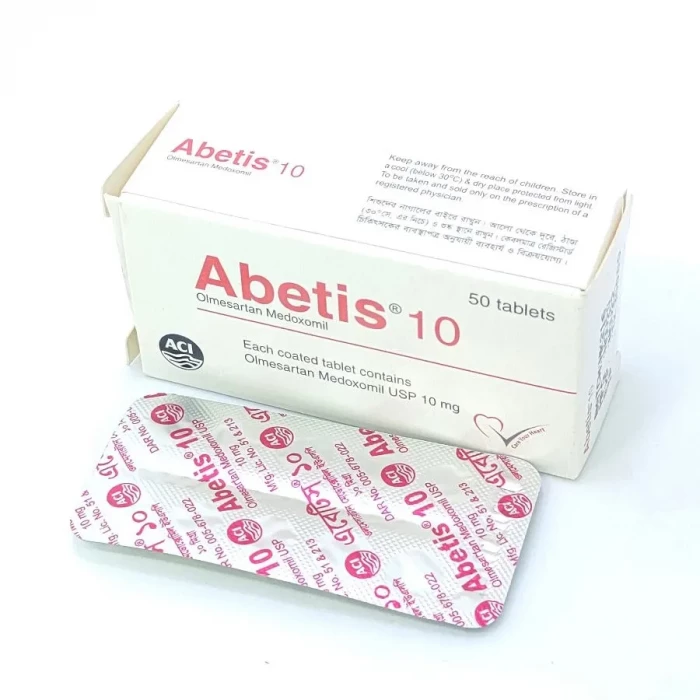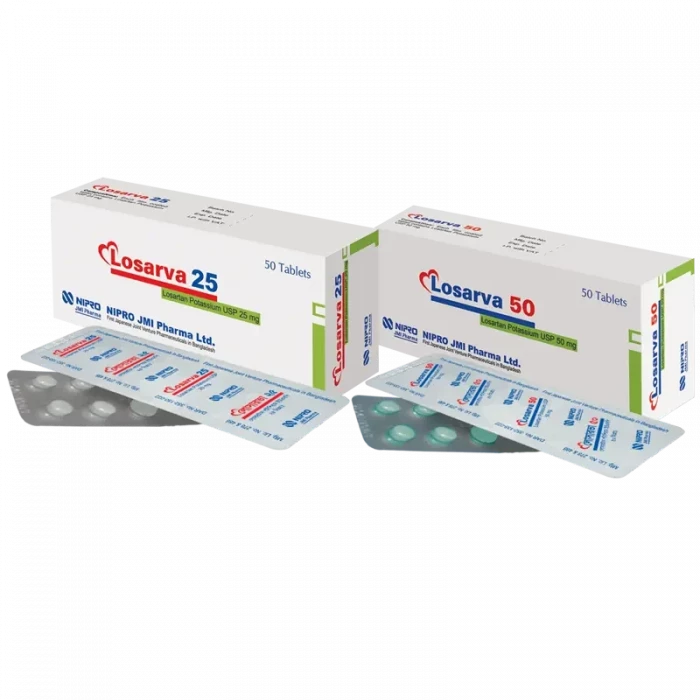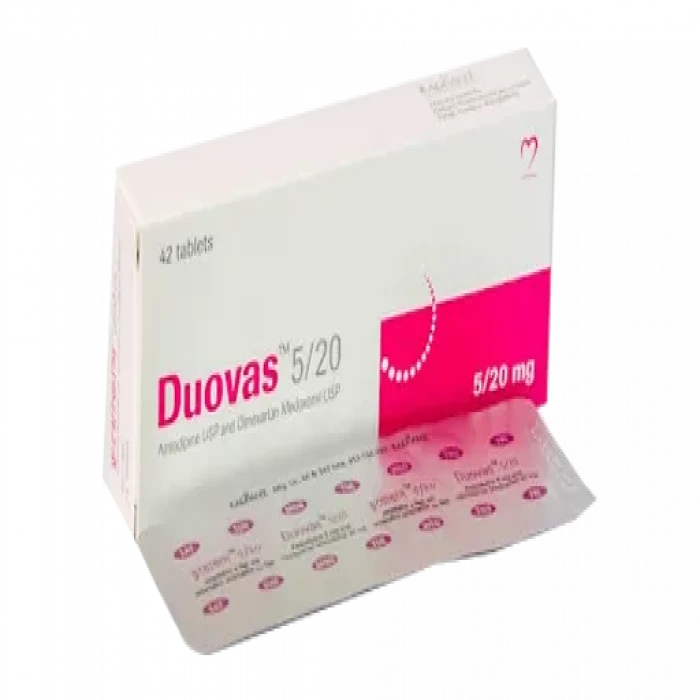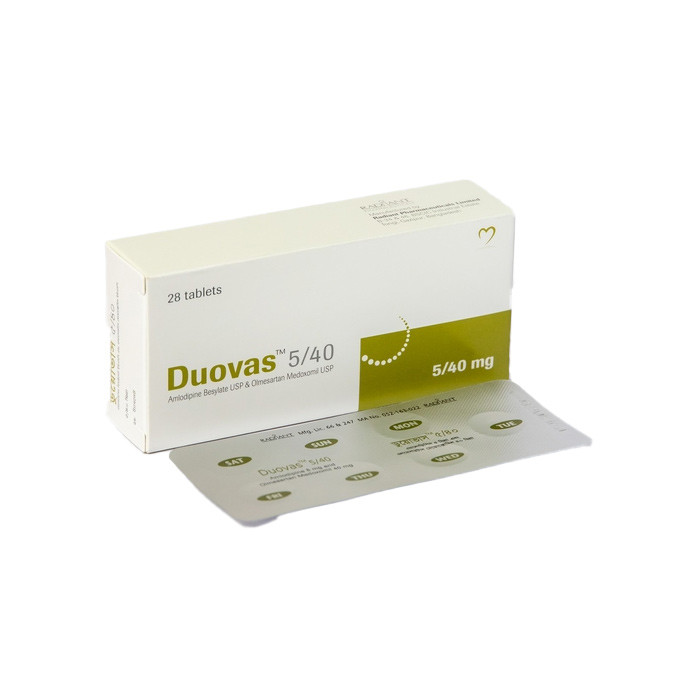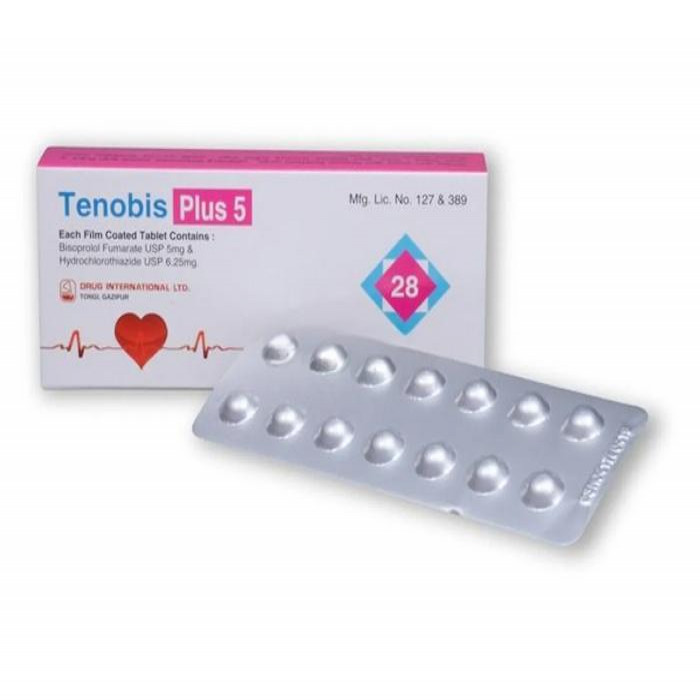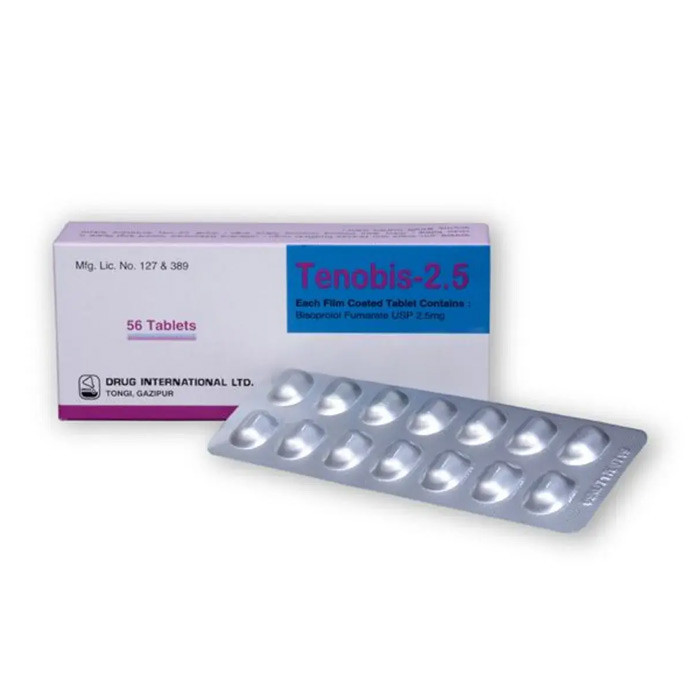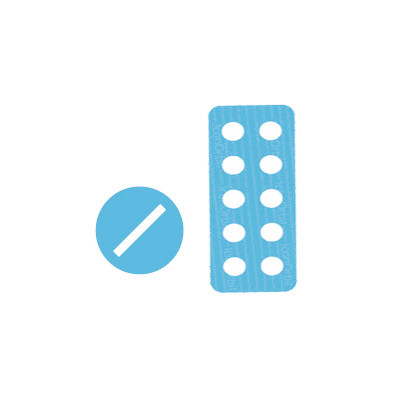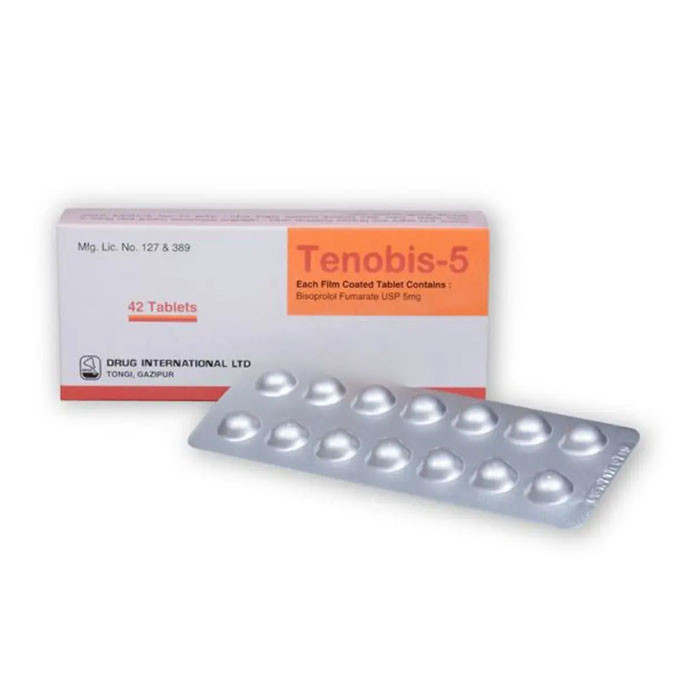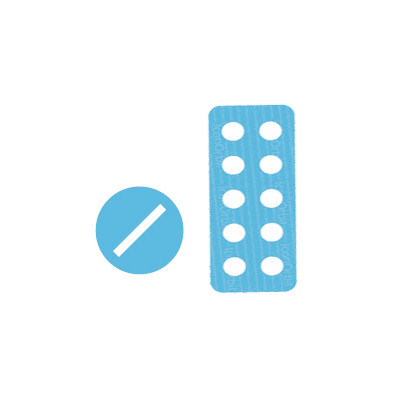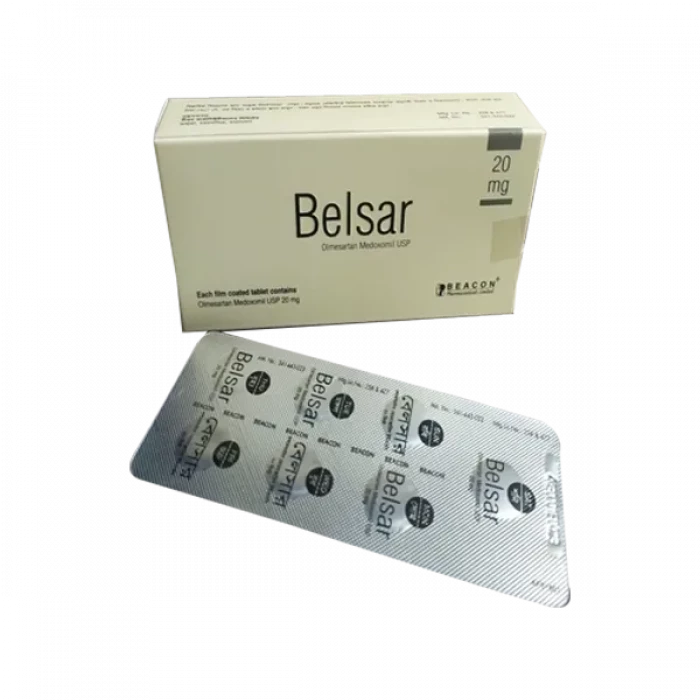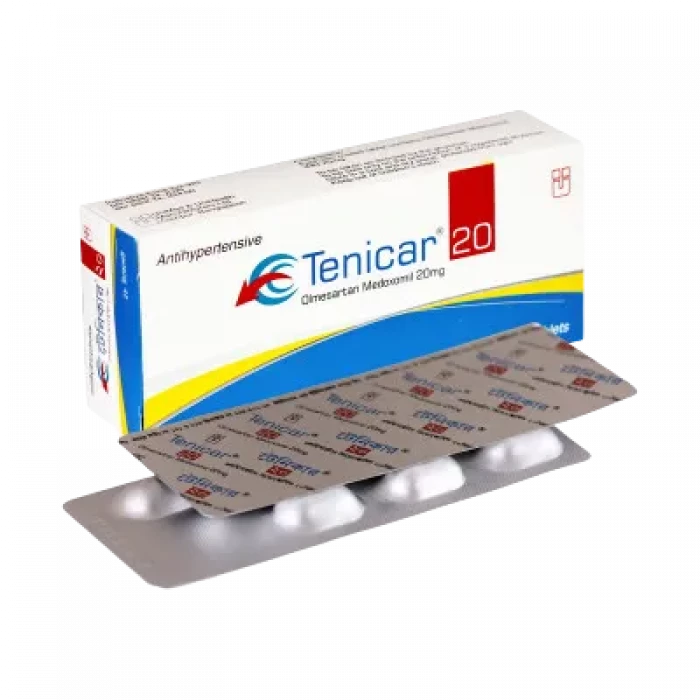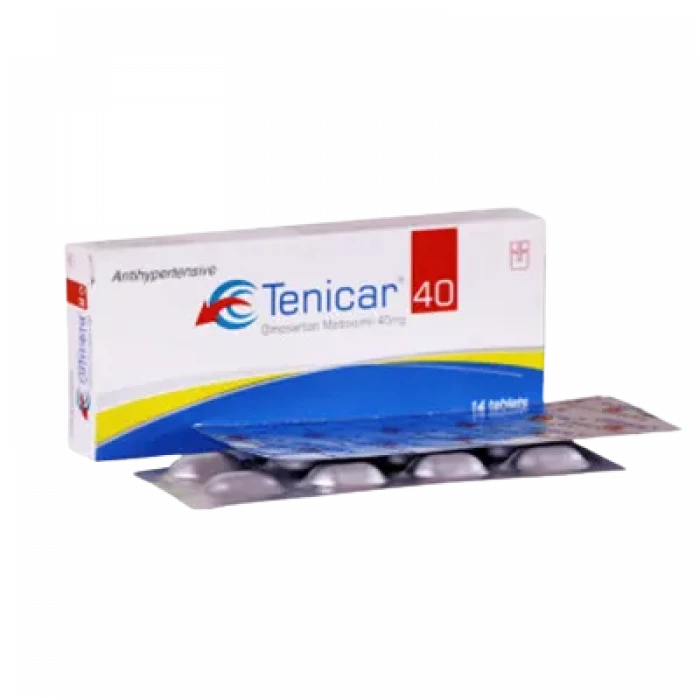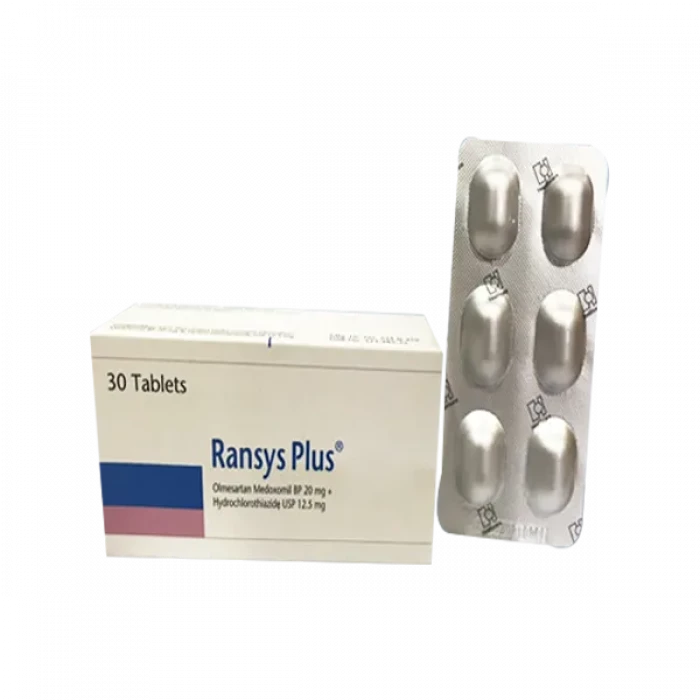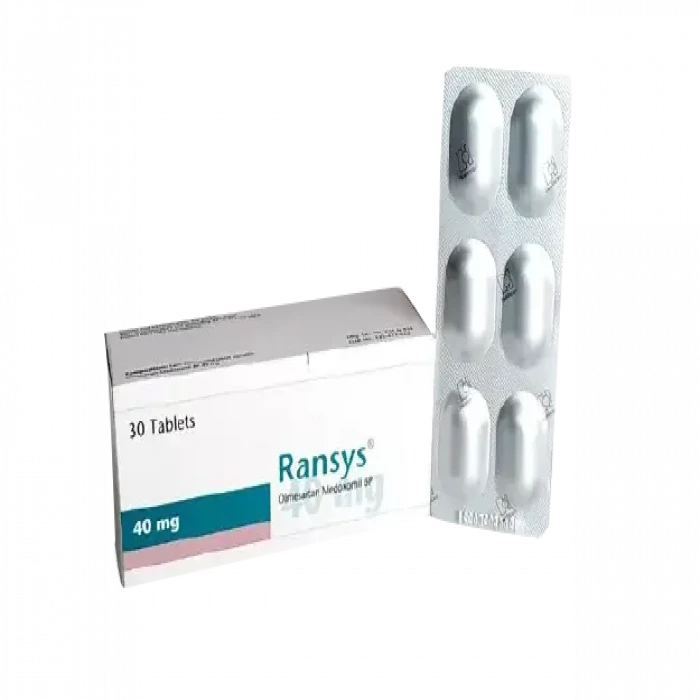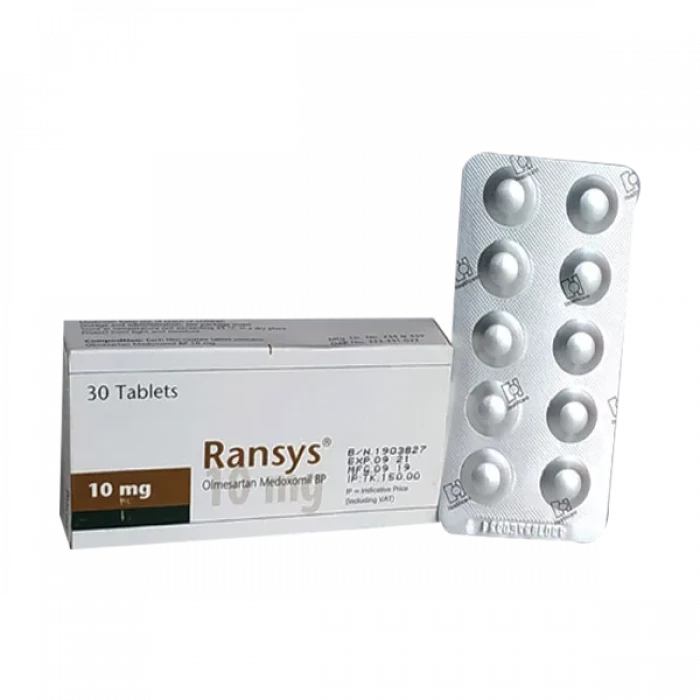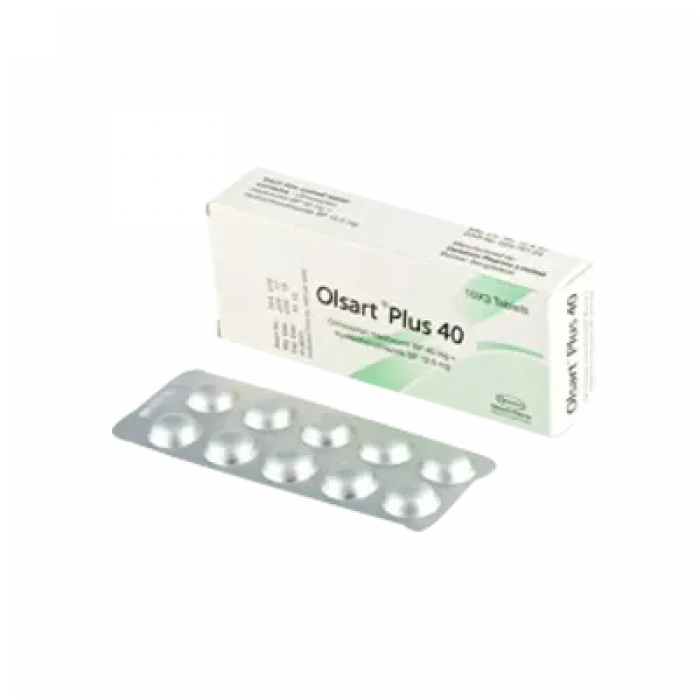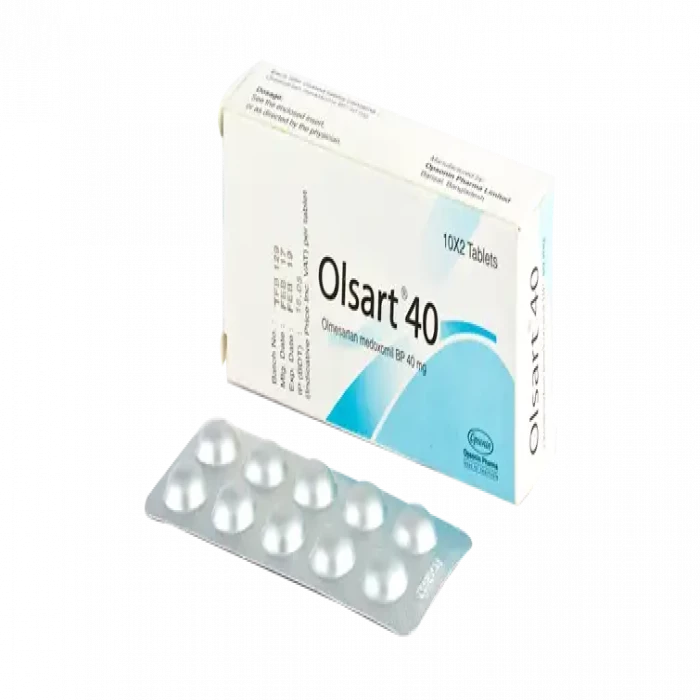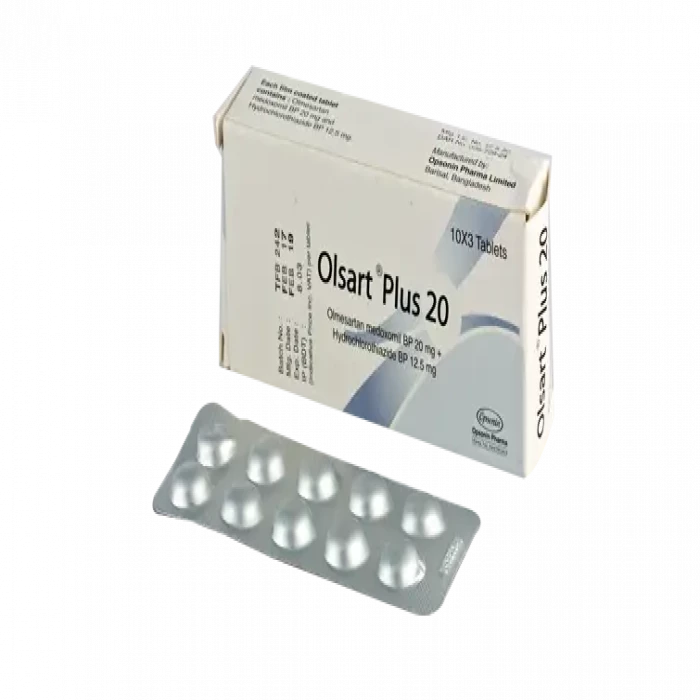

✔ 100% Authentic Product

100% Genuine Products, Guaranteed
Safe & Secure Payments, Always
Fast, Secure & Efficient Delivery
Proper Packaging
Cashback offer(Optional):
- 🏷 Coupon CASH55 ✔️ Get ৳55 back - for Ordering ৳500+
- 🏷 Coupon CASH120 ✔️ Get ৳120 back - for Ordering ৳1200+
- 🏷 Coupon CASH200 ✔️ Get ৳200 back - for Ordering ৳2500+
- 🏷 Coupon CASH300 ✔️ Get ৳300 back - for Ordering ৳3500+
- 🏷 Coupon CASH400 ✔️ Get ৳400 back - for Ordering ৳4500+
- 🏷 Coupon CASH500 ✔️ Get ৳500 back - for Ordering ৳5500+
- 🔹 Delivery charge is applicable for Cashback offer
- 🔹 Foreign manufacturer products are not applicable for Cashback offer
Show More
 Cash on Delivery - All over Bangladesh
Cash on Delivery - All over Bangladesh Urgent Delivery - 2 Hours Dhaka City
Urgent Delivery - 2 Hours Dhaka City ফ্রি ডেলিভারি! - ১৪৯৯ টাকা+ অর্ডারে ঢাকা
শহরে ।
ফ্রি ডেলিভারি! - ১৪৯৯ টাকা+ অর্ডারে ঢাকা
শহরে । ফ্রি ডেলিভারি! - ২৯৯৯ টাকা+ অর্ডারে ঢাকার
বাহিরে ।
ফ্রি ডেলিভারি! - ২৯৯৯ টাকা+ অর্ডারে ঢাকার
বাহিরে ।
✅ Description:
Indications
The combination of olmesartan medoxomil and hydrochlorothiazide is suitable for the treatment of hypertension.
Pharmacology
Angiotensin II is formed by angiotensin I in a reaction catalyzed by angiotensin-converting enzyme (ACE). It is an effective vasoconstrictor and the main vasoactive hormone of the renin-angiotensin system. It is also the pathology of hypertension. An important part of physiology. It also stimulates the adrenal cortex to secrete aldosterone. Olmesartan selectively blocks the binding of angiotensin II to AT 1 receptors found in many tissues (such as vascular smooth muscle, adrenal glands) to block the vasoconstriction and aldosterone secretion of angiotensin II. Exposure studies have shown that Olmesartan is a competitive and reversible AT 1 receptor inhibitor. Olmesartan does not inhibit ACE (kinase I, an enzyme that converts angiotensin I into angiotensin II and breaks down bradykinin).
Hydrochlorothiazide is a thiazide diuretic. Thiazides affect the renal tubular electrolyte reabsorption mechanism and directly increase the excretion of approximately equal amounts of sodium and chloride. Indirectly, the diuretic effect of hydrochlorothiazide reduces plasma volume, which increases plasma renin activity, increases aldosterone secretion and urinary potassium loss, and reduces serum potassium. The renin connection is mediated by angiotensin II. Therefore, the co-administration of angiotensin II receptor antagonists tends to reverse the potassium loss associated with these diuretics.
Dosage & Administration
Hypertension: The usual starting dose is 20/12.5 mg one tablet once daily. Dosing should be individualized. Depending on the blood pressure response, the dose may be titrated at intervals of 2-4 weeks to two tablets 40/25 once daily.
Interaction
Olmesartan: In healthy volunteers, olmesartan medoxomil combined with hydrochlorothiazide, digoxin or warfarin did not report significant drug interactions. Olmesartan medoxomil is not metabolized by the cytochrome P450 system and has no effect on P450 enzymes; therefore, it is not expected to interact with drugs that inhibit, induce, or are metabolized by these enzymes.
Hydrochlorothiazide: When administered at the same time, the following drugs may interact with thiazide diuretics:
Alcohol, barbiturates or anesthetics: May enhance orthostatic hypotension.
Hypoglycemic drugs (oral drugs and insulin): The dose of hypoglycemic drugs may need to be adjusted.
Other antihypertensive drugs: additive effect.
Corticosteroids, ACTH.
Lithium.
Contraindications
The combination of olmesartan and hydrochlorothiazide is contraindicated in patients allergic to any component of this product. Because it contains hydrochlorothiazide, patients who have anuria or are allergic to other sulfonamides should not use this product.
Side Effects
Common side effects are nausea, headache, dizziness, hyperuricemia, upper respiratory infection, and urinary tract infection. Other adverse reactions include chest pain, back pain, peripheral edema, abdominal pain, indigestion, gastroenteritis, and diarrhea.
Pregnancy & Lactation
The safety and effectiveness in breastfeeding mothers and pregnancy have not been established. The drug should be discontinued in these cases.
Precautions & Warnings
Serum electrolytes should be measured regularly at appropriate time intervals to detect potential electrolyte imbalances, such as hypokalaemia, hyponatremia, and hypochloremic alkalosis. Some patients treated with thiazides may develop hyperuricemia. Renal function altered.
Storage Conditions
Store in a cool and dry place, away from light and moisture. Keep out of reach of children.
Disclaimer:
ePharma sole intention is to ensure that its consumers get proper
information as musch as possible. Although we do not guarantee the
accuracy and the completeness of the information that provided and
here information is for informational purposes only.
The information contained herein should NOT be used as a substitute
for the advice of a qualified physician. This may not cover
everything about particular health conditions,
lab tests, medicines, all possible side effects, drug interactions,
warnings, alerts, etc. Please consult your healthcare professional
and discuss all your queries related to any disease or medicine. We
intend to support, not replace, the doctor-patient relationship.




